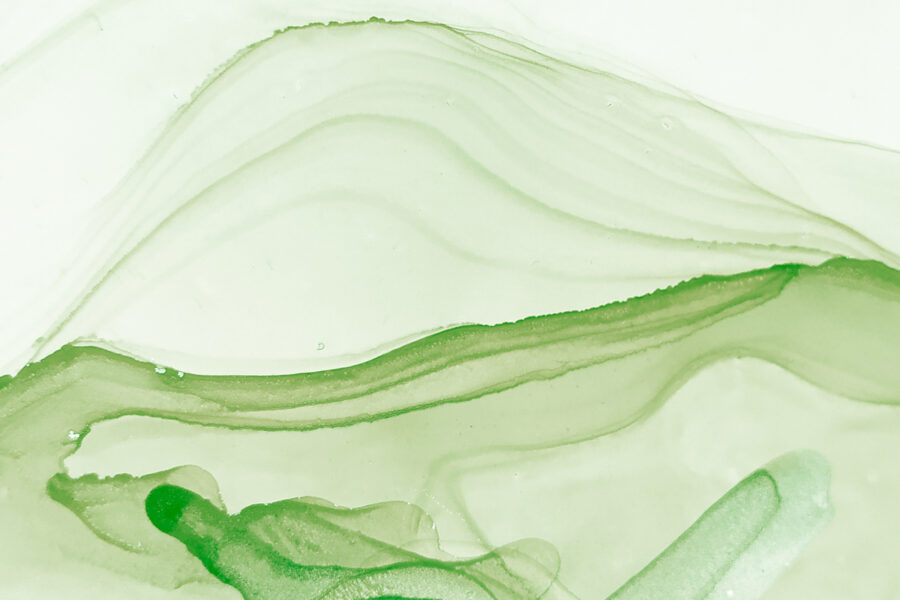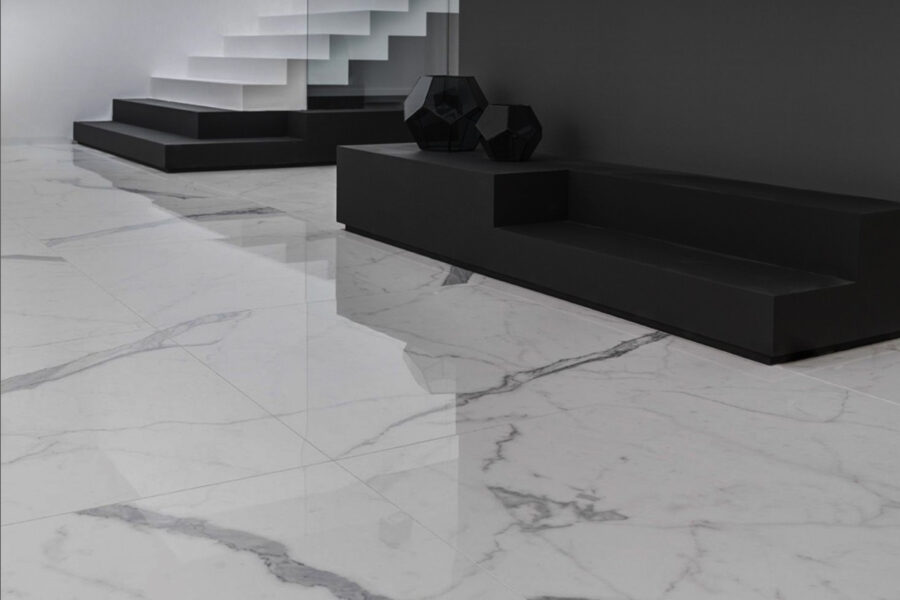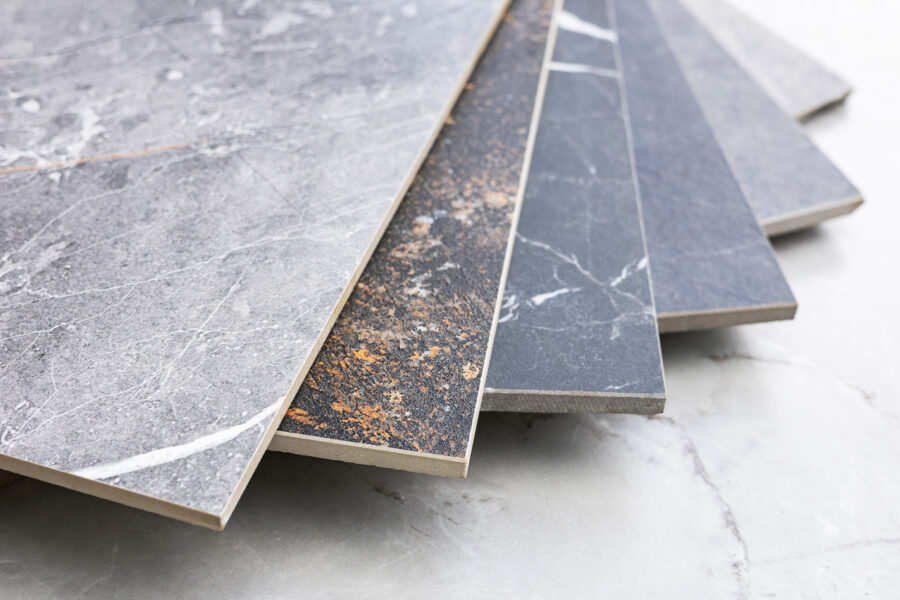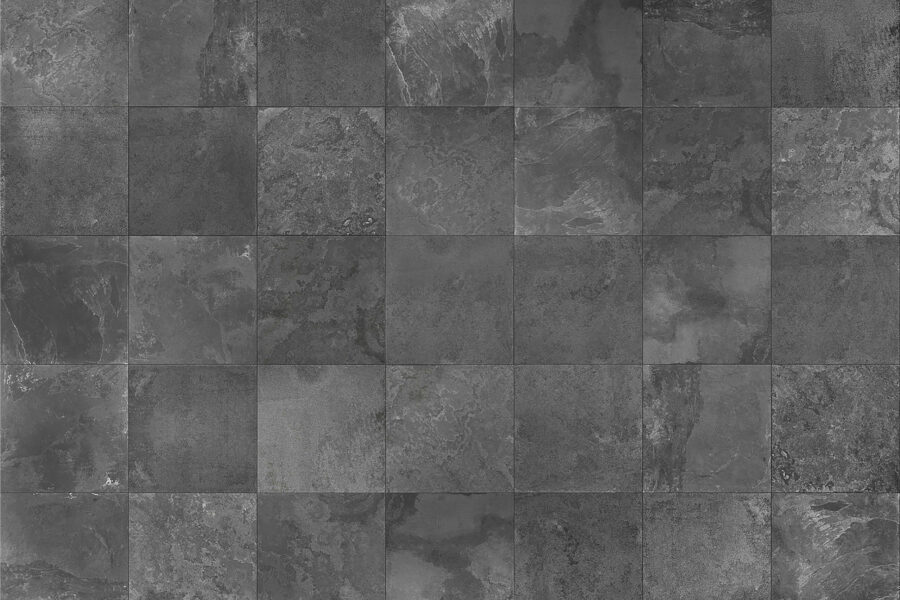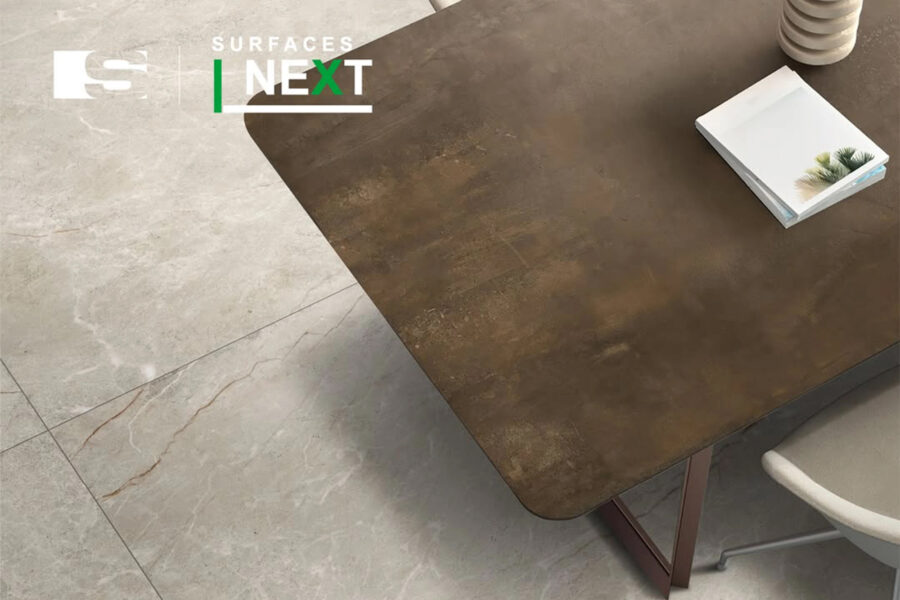Index Introduction: the new frontier of sustainable ceramic printing Context and regulations: towards the reduction of VOC emissions Eco-friendly digital inks: definition and formulation principles Eco-solvent and water-based: operational and performance differences Sicer research and the .LE Low Emission series Laboratory data and measurable advantages Rheology, stability, and compatibility with piezo heads Conclusions and future…
Read MoreDigital adhesives: innovation, precision, and sustainability in ceramic production
Introduction: the digital adhesive revolution What are digital adhesives and how do they work? Technical and production advantages Types of Sicer digital adhesives Adhesion parameters and surface behavior Technological evolution and sustainability The Sicer approach and digital certifications Conclusions and future prospects FAQ Introduction: the digital adhesive revolution In recent years, digital ceramic decoration has…
Read MoreLow-Emission Digital Inks for Ceramics: Sustainability and Four-Color Printing 2025
Index What are low-emission digital inks? Chemical principles and emission reduction Types of low-emission inks Water-based inks ECO solvent-based inks Operation in digital ceramic printing Deposition and preheating Firing and controlled pyrolysis Benefits for ceramic laboratories Regulatory compliance and certifications Practical applications and use cases Sicer LE series Examples of integration into production processes Conclusions…
Read MoreLapped porcelain stoneware: what it is, advantages and disadvantages in industrial ceramic production
Index Introduction What is lapped porcelain stoneware? The lapping production process Technical characteristics and performance Differences between tumbled stoneware, natural stoneware, and other finishes Advantages of lapped porcelain stoneware Disadvantages and technical limitations Technologies and innovations in the sector Quality control and industrial testing Industrial applications and areas of use Conclusions FAQ Introduction In the…
Read MoreCeramic grit: what it is and how it is used at Sicer for the development of advanced technical surfaces
Index Introduction What are ceramic grits: technical details The Sicer production process: from frit to calibrated grit Sicer product range: specialized technical characteristics Industrial application technologies Sicer technological innovations and research Quality control and industrial testing Industrial applications and technical performance Sustainability and environmental impact Conclusions and future prospects FAQ Introduction Ceramic grits are crushed,…
Read MoreHow low-emission inks work in ceramic production: technologies and advantages for the industry
Table of contents Introduction What are low-emission inks? The technical functioning of low-emission inks Environmental and production advantages Sicer innovation in low-emission inks Applications and technical performance Integration into industrial production processes Regulatory compliance and certifications Future trends and technological developments Conclusions FAQ Introduction The ceramic industry is undergoing a profound transformation, driven by the…
Read MoreCeramic resistance: how it works and why it is a key parameter in the choice of materials
Index Introduction General principles of ceramic strength Mechanical strength: standard tests and influencing factors Wear and abrasion resistance: PEI classification Thermal resistance and thermal shock: behaviour under thermal cycles Chemical resistance: tests and exposure conditions The role of vitrifying materials in resistance Quality control and parameter optimisation Technological innovations to improve resistance Industrial applications and…
Read MoreCeramics: natural or artificial material? Complete analysis of characteristics
Index Introduction Analysis of ceramic raw materials Industrial transformation processes Firing: definitive transformation of properties Glazes and vitrifying materials: the artificial contribution Technical classification: natural, artificial, or hybrid? Environmental aspects and sustainability Contemporary innovations in the sector Sicer technical granules: the engineered contribution to ceramic surfaces Scientific conclusions on the nature of ceramics FAQ Introduction…
Read MoreLarge porcelain slabs: innovations and trends for modern floors
Index Introduction Technological evolution in the production of large plates Technical characteristics of XL formats Innovations in surface finishes Technical advantages of XL formats Color and material solutions Technical applications Technical solutions for laying and handling Sustainability in production Future trends and technological developments Conclusions Introduction The evolution of the ceramic industry in recent years…
Read MoreR9 tiles: technical characteristics, classifications and ideal applications
Table of Contents Introduction to R9 tiles and anti-slip classification DIN 51130 standard and R9 classification How R9 surfaces are produced Physical characteristics and performance of R9 tiles Optimal applications of R9 tiles in domestic environments R9 vs R10-R12: a technical comparison Market trends and design requirements Technical innovations and future developments Regulatory aspects and…
Read More

